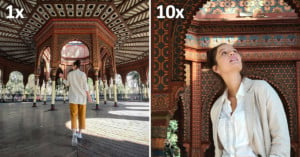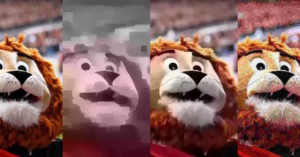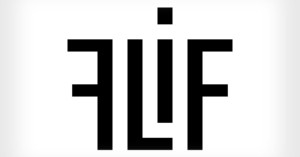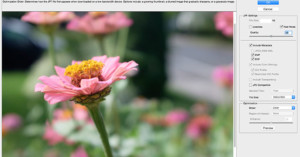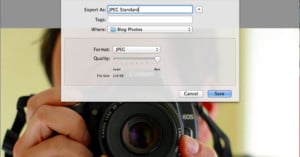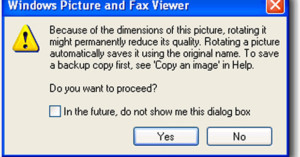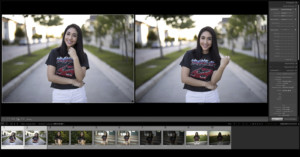
Testing Canon cRAW: Smaller Files, No Downside
"Compression" is a dirty word in the world of photography, but not all compressed files are created equal. That's exactly what photographer Alex Barrera discovered when he switched to using Canon's compressed RAW (cRAW) format exclusively—it's saved him a ton of space, with virtually no downsides.

